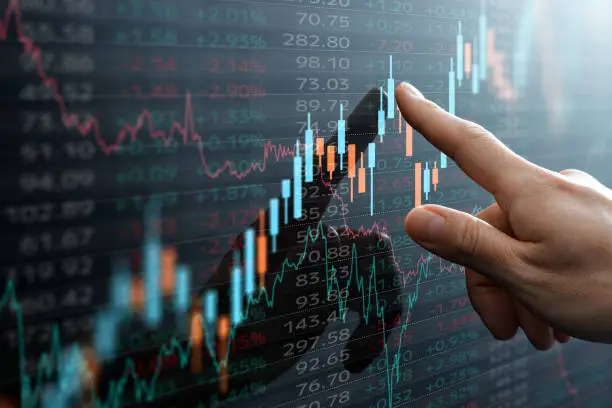Analyst Reveals Why XRP Has Not Followed Bitcoin’s Trajectory In 7 Years, And Why Everything Is About To Change
XRP’s price history and trajectory have always caused debates among cryptocurrency enthusiasts, especially when compared to Bitcoin’s growth. Bitcoin has soared more than sixfold in the past seven years, but XRP is still trading around $3.02, roughly the same level it was trading at in early 2018.
This comparison recently resurfaced in a post by analyst Adam Livingston on the social media platform X, who pointed out that XRP’s lack of progress stands in stark contrast to Bitcoin’s 608% surge during the same period. In response, Digital Asset Investor, a well-known voice in the XRP community, explained that the stagnation isn’t a coincidence but the result of years of regulatory imbalance, one that is finally about to end.
Regulatory Monopoly And The Bitcoin Advantage
Digital Asset Investor’s post talked on what he described as regulatory capture, which gave Bitcoin a free pass from oversight while XRP was entangled in a five-year legal battle with the US SEC. According to the analyst, Bitcoin’s dominance in the crypto market was supported by a regulatory monopoly built on ambiguity surrounding its creator, Satoshi Nakamoto.
The analyst pointed out that even though there exists a video of a Homeland Security agent claiming to have met with “the four Satoshis,” regulators acted as if Bitcoin’s origins were a mystery. This, according to him, allowed Bitcoin to grow unchecked while other cryptocurrencies, including XRP, faced crippling restrictions.
XRP was effectively frozen out of much of the US crypto ecosystem when the SEC filed its lawsuit against Ripple in December 2020, accusing it of selling unregistered securities. Major exchanges in the US delisted it, and investors in the US did not have access to XRP.
During this time, Bitcoin and Ethereum enjoyed regulatory clarity as non-securities and attracted institutional inflows and ETF developments that XRP could only watch from the sidelines. According to the analyst, this unequal treatment was not accidental but rather part of a regulatory agenda that kept XRP from participating fully in the crypto market’s growth phase.
He noted that had XRP not been under legal attack, its price trajectory could have followed Bitcoin’s or even outpaced it due to its use case in cross-border settlements and real-world utility.
Why Everything Is About To Change
According to Digital Asset Investor, the tide is turning. He stated that upcoming legislation in the US is about to dismantle the regulatory monopoly that Bitcoin has long benefited from. New laws, particularly those addressing digital asset classification and market structure, are expected to create a level playing field for all cryptocurrencies, including XRP. “The regulatory level playing field that the Bitcoin Maxis have dreaded cometh,” he wrote.
If this happens, XRP will not only close the performance gap with Bitcoin but also go on its own era of growth, as we have seen in the past year or so. XRP is no longer classified as a security, and the Ripple-SEC lawsuit is now finally over. At the time of writing, XRP is trading at $2.97.
You May Also Like

The Channel Factories We’ve Been Waiting For

Miss This and Regret Later: Zero Knowledge Proof (ZKP) Whitelist Opens Soon for Early Access
